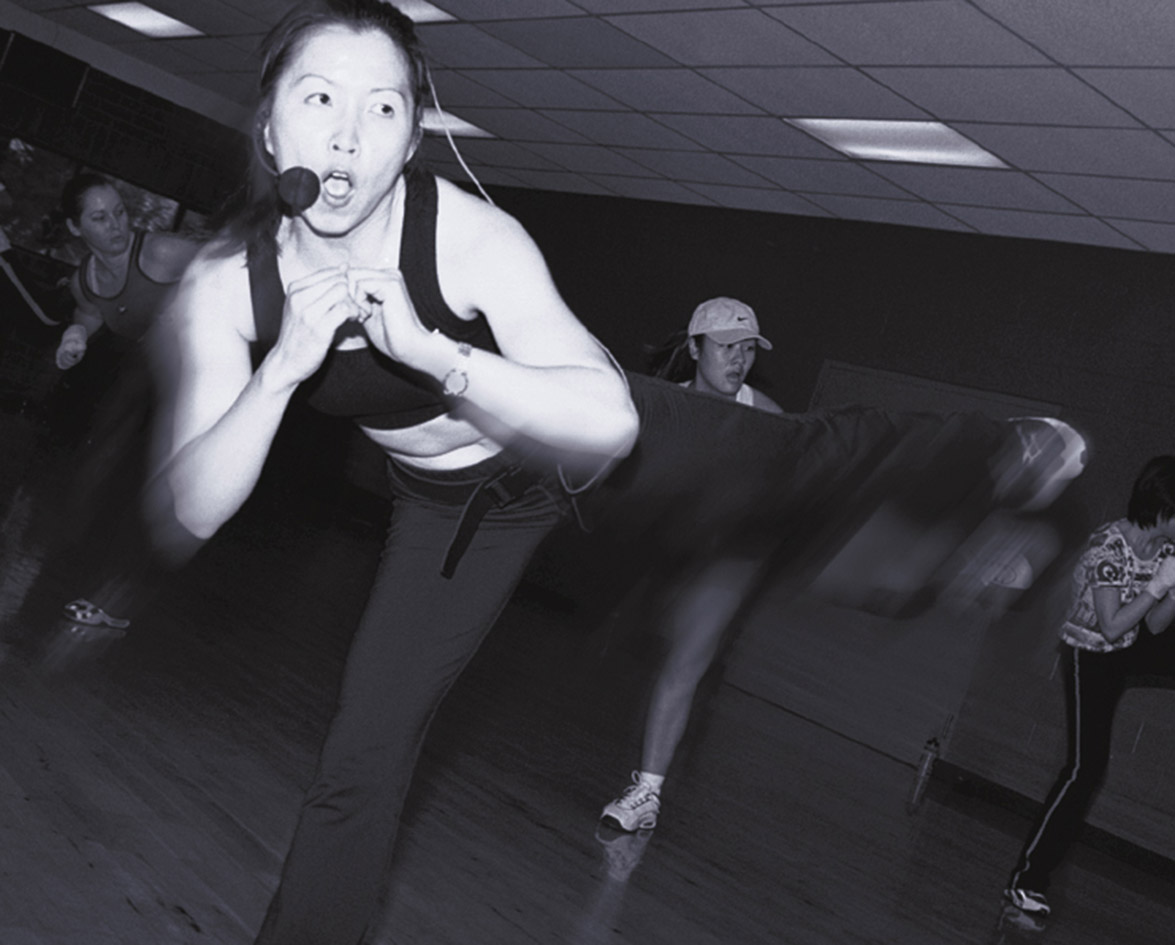On a midsummer night a waltz’s sweet melody fills the ballroom. Elegant couples sweep across the floor with seemingly effortless grace. It is an evening of soft lights and romance, but the enchantment is suddenly broken. A couple begins to argue.
“Why are you always trying to lead me?” He asks.
“Because I can’t catch your signals.”
“Leading is a man’s job.”
“Then lead me properly!” She stalks off the floor while her partner stands confused.
It Takes Two To Tango
Ballroom dance requires cooperation. Many dancers joke that if a couple can survive on the floor, they can survive marriage.
Professional dancer and instructor Natalia Ng insists that good teams know how to work together. Ng and her partner, Brian Lam, were the 1998 and 1999 BC Latin American Amateur Dance Sport champions. Focusing on fundamentals is the secret of their success.
“We seldom talk while we are dancing. Instead, we keep repeating the movement until we feel perfect. When we can’t feel body connection, we try simple basic steps together, and talk to each other about why we feel bad,” says Ng.
A successful partnership is built on an awareness of one’s role on the dance floor, and a willingness to learn from one’s partner. There are also physical challenges to overcome. Like other athletic activities such as tennis or skiing, ballroom dance requires practice.
Dance As Sport
“I didn’t think ballroom dance was a sport before I started dancing,” remarks Simon Chow. “I realized that I had to build muscles to dance properly. My abdominal muscles did not work. My ankles were too weak to let me stop completely after I’ve turned 360 degrees.”
To emphasize the athletic aspects of ballroom dance, the International Dance Sport Federation recently renamed it “dancesport.” The term is used to differentiate between competitive and social dancing. Tests are administered by the Canadian Dance Teachers Association to determine a couple’s skill and physical proficiency. The association establishes standards for amateur dancers across Canada.
Cha Cha Cha!
The creativity of ballroom dance lies in a couple’s interpretation of each dance. There are several styles, each with a different dynamic and mood. Latin American dances include the Cha Cha, Rumba, Samba, Paso Doble, and Jive. In the Cha Cha, the lady plays a flirt whom the man never catches. In the Rumba, or dance of love, a couple expresses sensuality through continuous hip movements. Each dance has its own character.
Standard dances include the Waltz, Viennese Waltz, Slow Foxtrot, Quickstep, and Tango. The Slow Foxtrot is known as the “dancer’s dance,” because dancers flow elegantly around the room with great precision and balance. In contrast, the Quickstep and Jive require dancers to leap onto the floor with joy.
Ballroom dance attracts people of all ages because it is fun, and it offers a great workout in an environment free of alcohol and smoke. It also provides social opportunities that attract even those who are not dance enthusiasts. Evelyn Yang says, “Frankly speaking, I don’t like dancing. But I like to meet nice people who come to the studio. I enjoy this social environment.”
The beauty of ballroom dance is that it brings together couples both married and unmarried, as Barbara Lee explains: “My husband and I work during the daytime. I like racket sports, and he likes volleyball. Ballroom dance is our common interest, and it makes us spend evenings together.”
Beginners are often frustrated when their first attempts at ballroom dancing go awry; however, dancers agree that the benefits of learning make the effort worthwhile. Through cooperation and practice, ballroom dance becomes an act of pure pleasure.
Shall we dance?











